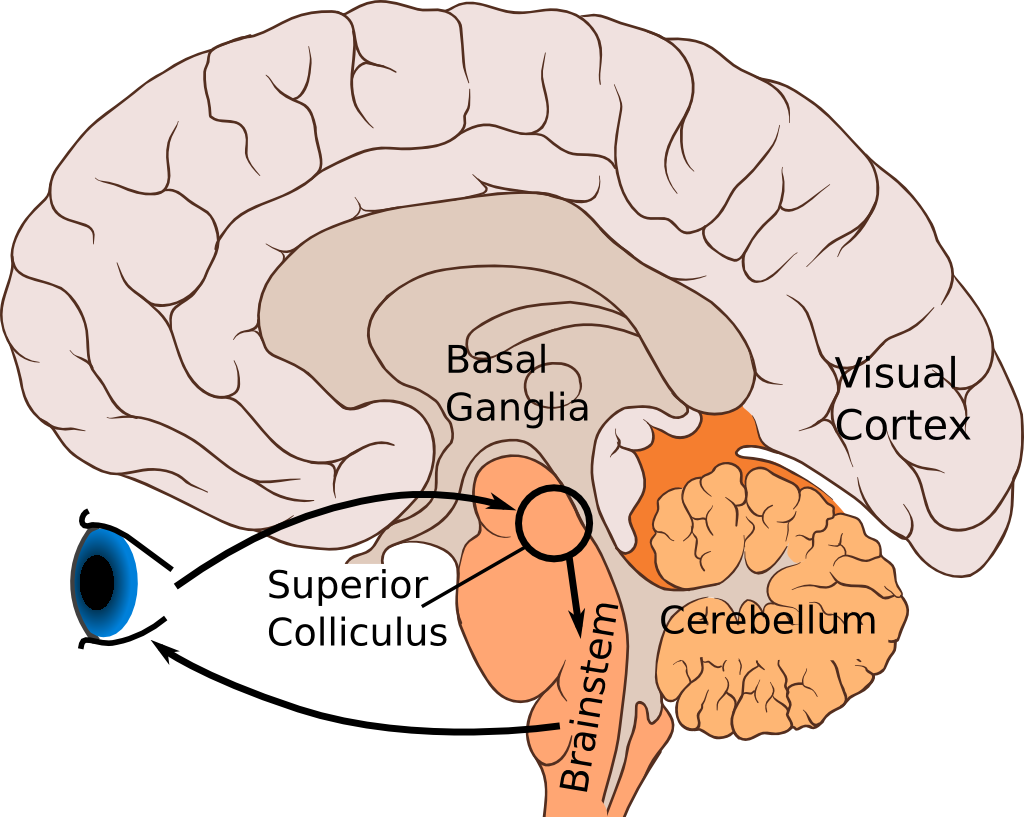Answer: The Ishihara test is a visual exam that is only sensitive to red green color deficiency.
The retina of a typical full-color seeing individual has a complement of three different types of photoreceptors, each tuned to fully activate when exposed to a specific wavelength of light. The photoreceptors will activate maximally to blue, green, and red due to specific properties of the photopsin transmembrane proteins expressed on the surface of retinal cone cells. Some combination of activation of these three receptor types can create the representation of every color.
When one of these cone cells is absent, colorblindness (or Daltonism) occurs. The Ishihara test can diagnose dichromacy, the color blindness that results in having only two of the three color sensing cones in the retina.
In the Ishihara test, the patient looks at a series of dots of varying sizes and colors. A typical color sensing person would be able to identify a number that was hidden within the field of dots. The person is given 3 seconds to respond. Failure to correctly identify the number hidden in the image 12 out of 14 times constitutes a diagnosis of color blindness.
Color blindness is very common, and the genes for color blindness are often found on the X chromosome. It is a recessive trait. Since men only have a single copy of this chromosome while women have two, colorblindness only needs to appear in one copy of the genes for it to be expressed. Because females have two copies, unless both of them contain the colorblind gene, they will not be color blind.
There is currently no known cure for colorblindness. Problems resulting from Daltonism are generally rare or minor. Many people who cannot perceive the full range of colors often adopt to their world.
Because color blindness is common, many corporate graphic designers should keep these people in mind. High color contrast conveys information in a quick and easy manner (Four Types of Disabilities: Their Impact on Online Learning; Crow, 2008.)





